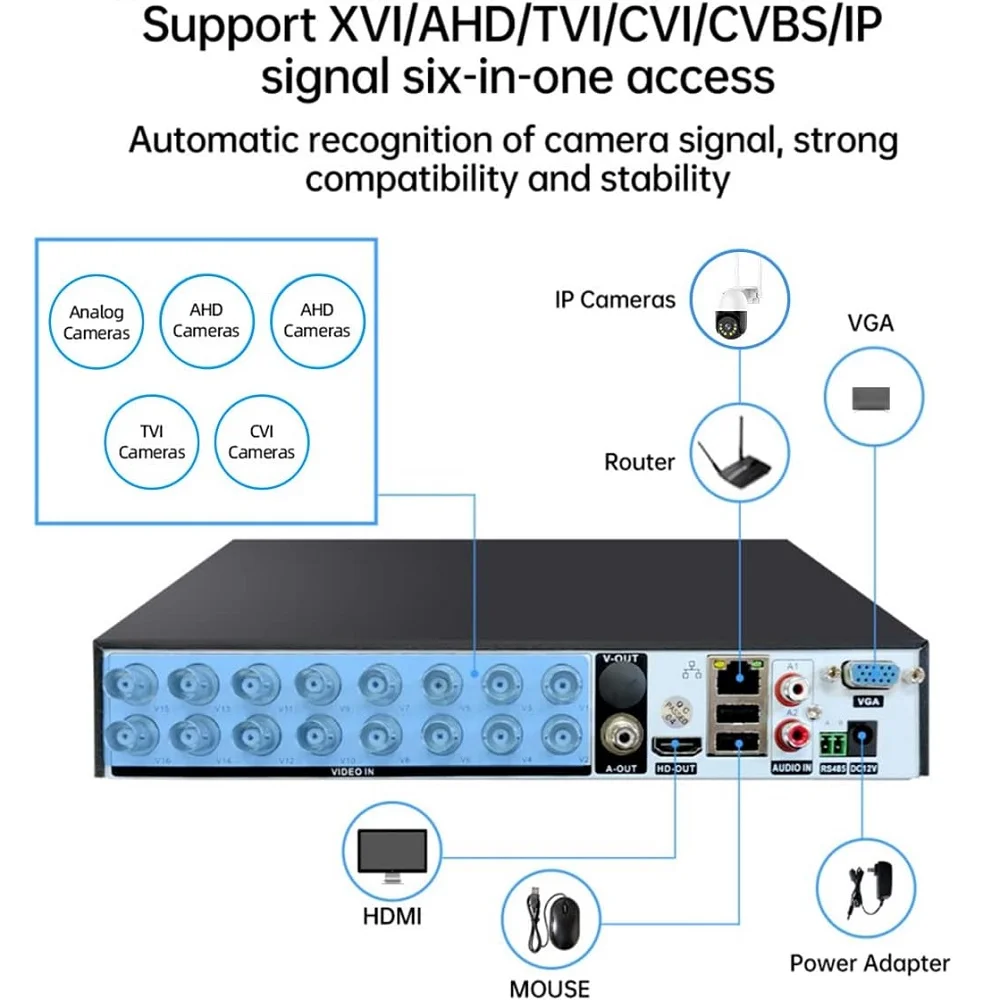Modern architecture is being transformed through green building techniques, as sustainability becomes increasingly important. These strategies seek to optimize resource efficiency to improve tenants’ health and well-being while reducing the negative impact of housing on the environment. Building systems have a profound and diverse impact on plumbing shop drawing consulting, ranging from the use of environmentally friendly materials to energy-efficient construction.
Sustainable Design Integration
Material choice is one of the main ways in which green building practices influence building design. Conventional construction commonly uses materials that require a whole lot of power to manufacture and can be dangerous to the surroundings. Green constructing techniques, but, prioritize recycled and sustainable materials with minimum impact on the surroundings. In an effort to lessen carbon footprint and encourage environmental conservation, building plans are increasingly including materials like recovered wood, recycled steel, and low-emission insulation.
In addition, green building principles emphasize energy efficiency in the design and operation of buildings. This includes incorporating renewable energy technologies, such as solar and wind turbines, orienting buildings to improve natural light and ventilation and installing HVAC (heat, ventilation). and air conditioning) installing effective systems to reduce energy consumption Green buildings now incorporate energy modeling and analysis into construction design If reduced energy efficiency reducing greenhouse gasses and operating costs takes precedence, which in turn contributes to climate change mitigation.
Renewable Energy Utilization
Besides energy efficiency, another important aspect affected by green building methods is water conservation. Current construction programs include high-flow infrastructure, shop drawing services, greywater recycling and a rainwater harvesting system to reduce water use. Green buildings reduce urban water demand and promote sustainable water management practices by making these resources a reality.
Furthermore, one of the major goals of green building strategies is the best of the indoor surroundings. The construction layout includes measures to improve indoor air, which include the perfect use of herbal air filters and low VOC (risky organic compound) paints, adhesives and sealants that allow you to be used.
Efficient Resource Management
Green building concepts have an impact not just during construction but also at other stages of a building’s existence. The use of life cycle analysis (LCA) methods in building design is increasingly popular as a method for long-term environmental monitoring and environmental decisions. Building design should consider factors such as embodied energy, waste and waste to minimize environmental impact and promote sustainable development.
Furthermore, according to green building standards, building designs should incorporate flexibility and flexibility. As extreme weather events and crises related to climate change become more severe, buildings must be designed to withstand and adapt to changing environmental conditions In order to provide energy to increase resilience and reduce the risk of natural disasters, building programs include features such as plumbing systems, green roofs and robust housing bonds.
Enhanced Indoor Environmental Quality
Another significant influence of green building practices on construction plans is the shift towards integrated design and collaborative processes. Today construction teams use interdisciplinary approaches involving architects, engineers, contractors, and other stakeholders from the beginning, as opposed to departmental decision-making Throughout the history of construction in 2013, this integrated approach enables holistic construction solutions that improve efficiency, reduce waste, and improve sustainability.
In the construction industry, green building techniques are also a driving force for Texas residential solar panel installation and technological advancement. Building systems are incorporating sophisticated solutions that increase energy efficiency, improve resident comfort, and significantly reduce environmental impact and these solutions are driven by smart technology to sophisticated architectural elements. This innovative culture encourages ongoing development and propels the industry’s adoption of sustainable practices.
Conclusion
In conclusion, drafting for sustainability is an important thing of current construction practices, substantially influencing how construction plans are advanced and done. As environmental issues turn out to be increasingly more prominent, the demand for inexperienced building practices continues to upward. Draftsmen play a pivotal position in integrating sustainable elements into production plans, ensuring that projects no longer most effectively meet but exceed regulatory requirements for electricity efficiency and environmental effect. By incorporating functions along with renewable strength systems, sustainable substances, and green waste management into their designs, draftsmen help to create homes which can be both green and value-powerful in the long term.
Moreover, sustainable drafting practices make contributions to the overall fitness and well-being of building occupants. Green homes frequently prioritize natural light, improved air high-quality, and the usage of non-toxic materials, all of which enhance the indoor surroundings. Draftsmen have to take into account those elements while growing production plans, making sure that sustainability is woven into each aspect of the design. This holistic approach now not simplest blessings the surroundings but additionally promotes a more fit, greater productive dwelling and running space for occupants, in the long run adding price to the property.
Finally, the integration of superior technologies consisting of Building Information Modeling (BIM) and electricity modelling software has revolutionized the way draftsmen technique sustainable production. These tools allow for greater particular making plans and analysis, allowing draftsmen to expect and optimize the environmental performance of homes before creation even starts off evolving. As the development industry continues to conform, the function of drafting in promoting sustainability becomes even more crucial. By embracing inexperienced constructing practices and leveraging cutting-edge technologies, draftsmen can lead the way in creating a more sustainable destiny, ensuring that construction tasks are both environmentally accountable and economically possible.





Be First to Comment